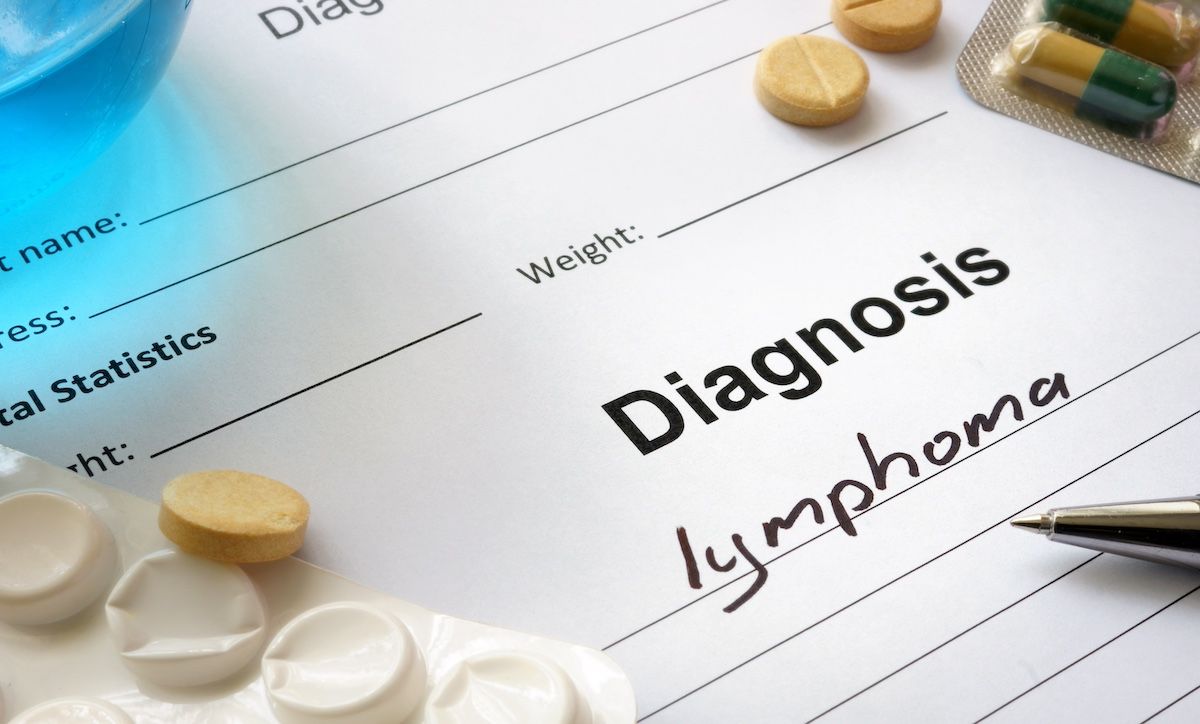Fitness
DA-EPOCH-Rituximab: Successfully Treating PMBCL in a Transgender Woman

The case of a male-to-female transgender woman who developed primary mediastinal large B-cell malignant lymphoma (PMBCL) and was successfully treated was notable for several reasons, according to the physicians who cared for her and described her cancer journey in Internal Medicine.1
The patient, aged 50 years, achieved complete metabolic remission after the sixth round of therapy, on day 139. | Image Credit: © Vitalii Vodolazskyi – stock.adobe.com
First, chemotherapy. The treatment employed was dose-adjusted EPOCH-rituximab (DA-EPOCH-R), and the patient, aged 50 years, achieved complete metabolic remission (CMR) after the sixth round of therapy, on day 139. She avoided upfront radiotherapy and maintained CMR for approximately 1 year after the end of treatment.
Her original symptoms were cough and dyspnea on effort, along with facial and neck swelling. Radiography followed by biopsy showed a mediastinal tumor and right pleural effusion. Histopathological findings revealed scattered proliferation of small round cells with mild pleomorphism and a background of fibrosis. CD20 and Bcl-2 were diffusely positive and Ki-67 was highly expressed, leading to the PMBCL diagnosis.
Second, estrogen. The patient had been taking exogenous estrogen for about 5 years prior to her diagnosis, post penectomy and bilateral orchiectomy. She tested negative for estrogen receptor (ER) α expression—but “we were only able to evaluate the ER expression using an anti-ERα antibody,” the authors noted. She had low free testosterone levels and increased luteinizing hormone and prolactin levels.
Did estrogen administration contribute to the development of PMBCL? Clearly, noted the authors, the medical community needs to pay close attention to the possibility of malignancies that develop due to estrogen administration. While it’s unclear whether the expression of hormone receptors and hormone replacements play a role in tumor development in LGBTQ patients, evaluating tumors’ expression of hormone receptors and knowing about any history of oral hormone administration is essential, the authors opined.
Previous studies have reported that overall cancer incidence does not differ markedly between transgender people and cisgender control research participants.2,3 “Few cases of hormone therapy–induced breast cancer have been reported in transgender patients…[likely because of] the late initiation of estrogen supplementation,” they wrote.1
However, this patient—who had no history of smoking, drinking, or asbestos exposure—did not wish to resume estrogen preparation after chemotherapy.
In their research, the authors found no other reports of ER expression in patients with PMBCL. Some analyses of ER expression in diffuse large B-cell lymphoma (DLBCL) have been made, though—one study reported that 73.6% of the cases were positive for ERβ expression. Event-free survival (EFS) was significantly lower and overall survival (OS) tended to be worse in the nodal DLBCL high-ER-expression group (ER positivity ≥25%).
In contrast, in extranodal DLBCL, patients with high ER expression vs those with low ER expression have been reported to have significantly superior outcomes regarding both EFS and OS, the investigators stated. Why such disparity exists between nodal and extranodal DLBCL regarding ER expression is unclear. Some speculate that differences in signaling pathways could be responsible. Further analyses with many more cases included are needed, the authors stated.
Third, hospitalization. At the authors’ hospital, this patient was the first transgender individual to need a bed, and she could not afford a private room. Would her roommate(s) be male or female? The team discussed their thought processes with the patient, and it was ultimately agreed that because she currently “more closely resembled a male than a female,” a room designated for men would be more appropriate. The team stated that after what they hoped was empathetic deliberation, they felt they “ultimately had no choice but to make a judgment based on the patient’s outward appearance.”
References
1. Nakao S, Tanaka S, Abe K, et al. Successful treatment of primary mediastinal large B-cell lymphoma with DA-EPOCH-rituximab therapy in a transgender woman. Intern Med. 2024;63(13):1923-1927.doi:10.2169/internalmedicine.2701-23
2. Boehmer U, Miao X, Ozonoff A. Cancer survivorship and sexual orientation. Cancer. 2011;117(16):3796-3804. doi:10.1002/cncr.25950
3. Wierckx K, Elaut E, Declercq E, et al. Prevalence of cardiovascular disease and cancer during cross-sex hormone therapy in a large cohort of trans persons: a case-control study. Eur J Endocrinol. 2013;169(4):471-478. doi:10.1530/EJE-13-0493










